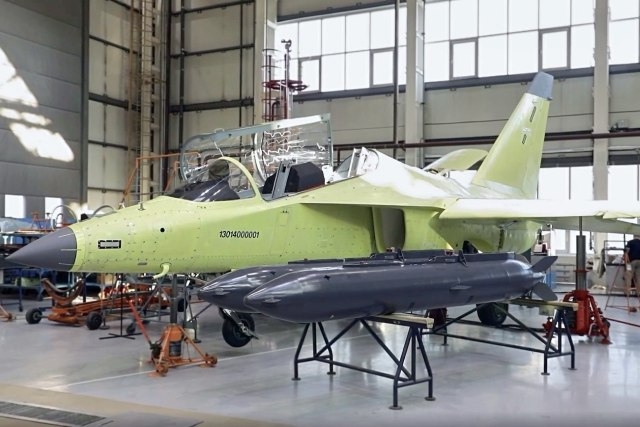China Unveils Morphing Wing Tech for Future Cross-Domain Aircraft
Chinese experts compare this new wing to the adaptive wings of birds

China's Aircraft Strength Research Institute has verified a revolutionary morphing wing structure capable of reshaping mid-flight.
The announcement was made via the official Weibo account of the state-owned Aviation Industry Corporation of China (AVIC) on Monday.
The full lattice distributed morphing wing structure, based on mechanical metamaterials, completed its theory verification on January 3, 2024. The technology, demonstrated in a captivating video clip accompanying the announcement, showcased a half-hollow lattice distributed wing structure dynamically altering its shape, highlighting the flexibility and adaptability of the morphing wing.
Wang Ya'nan, chief editor of Beijing-based Aerospace Knowledge magazine, compared the morphing wing to the adaptive wings of birds. Unlike traditional rigid rudder structures, morphing wings offer flexibility, allowing aircraft to make fine-tuned adjustments for improved control. Wang emphasized that this technology is not limited by the constraints of conventional aircraft, providing a solution for future cross-domain variable geometry aircraft.
Explaining the significance of cross-domain aircraft, Wang outlined their capability to traverse varying altitudes and velocities, from low altitudes with dense atmosphere to high altitudes with thin air, and from subsonic speeds to hypersonic speeds. The morphing wing's ability to adapt to different flight environments positions it as a key player in the development of these versatile aircraft.
The official AVIC announcement highlighted the morphing wing's achievements during theory verification, including distributed active torsional morph control, advancements in mechanical metamaterial performance characterization, cellular configuration design, reversible assembly of lattice structures, and multi-point morph sensing with collaborative control.
However, Wang cautioned against immediate practical application, stating that the morphing wing structure is likely to undergo flight tests on demonstrators before being integrated into genuine aircraft for verification.









